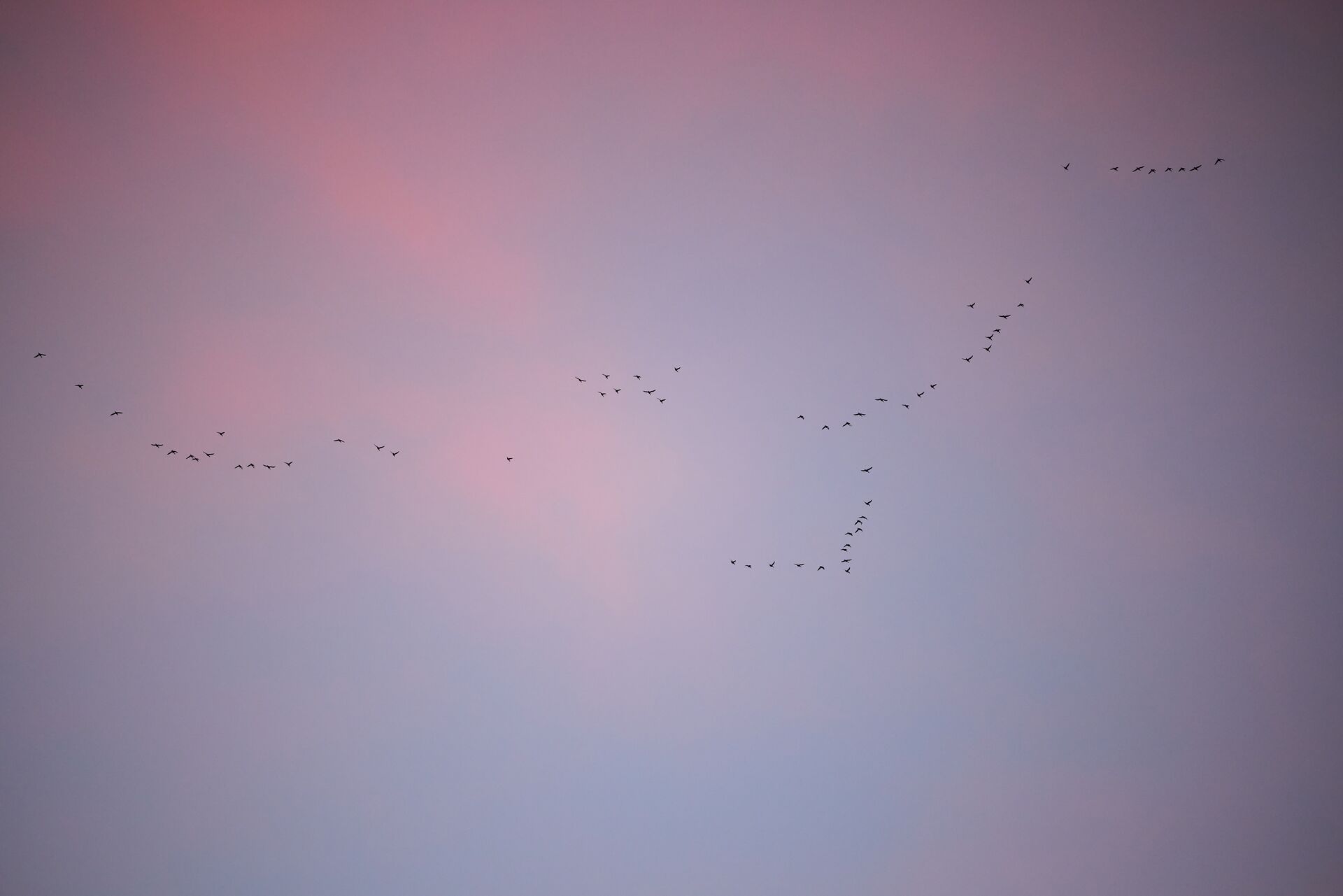The answer varies, and understanding this is essential to gaining a deeper understanding of their movement patterns, stamina, and general survival instincts.
Let's look at how long ducks can fly, why this matters to hunters, and some tips for turning this knowledge into hunting success.
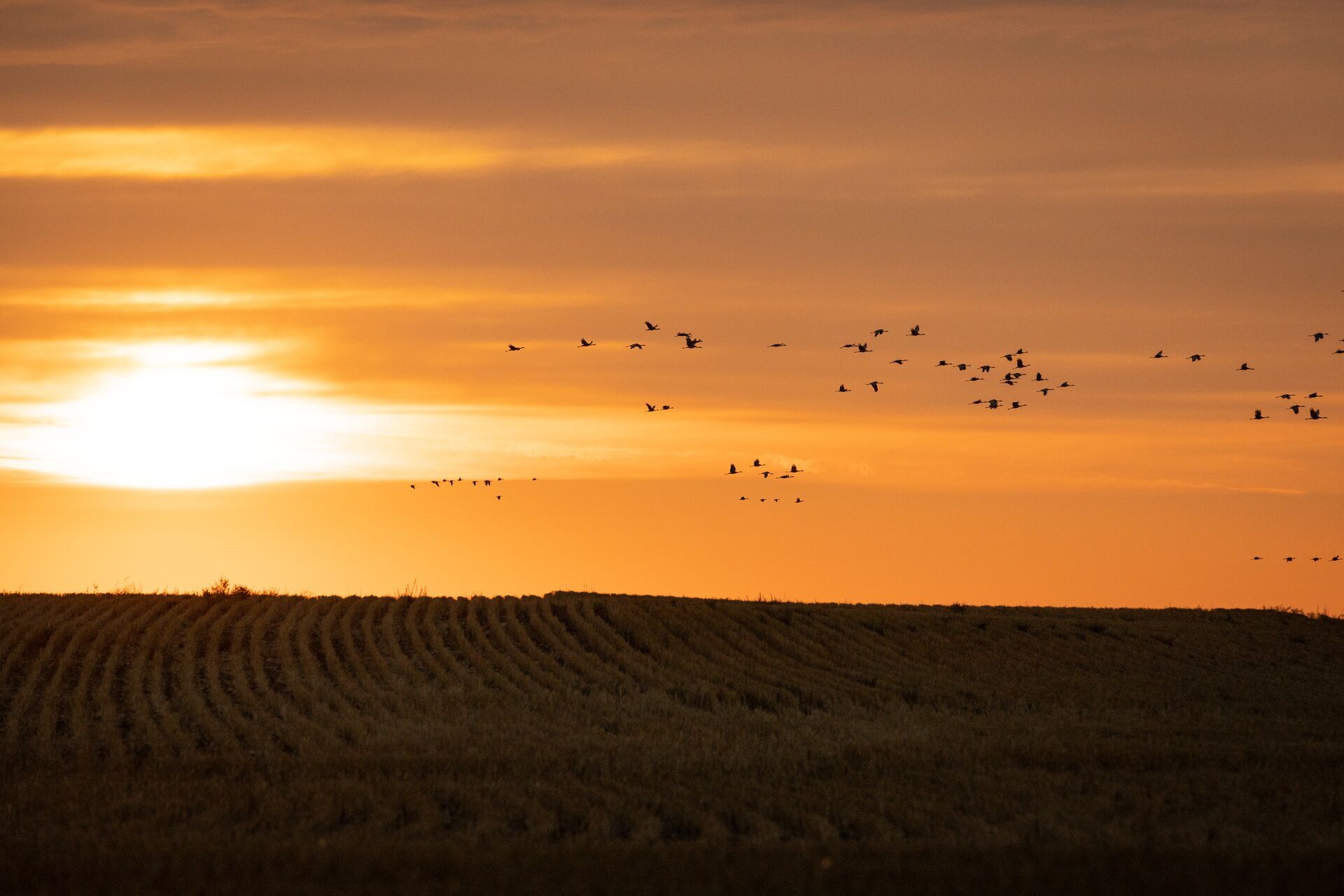
How Long Can Ducks Fly?
Ducks are engineered for flying, thanks to perfectly contoured and aerodynamic features. These features help them easily take to the sky and produce the right amount of lift to travel long distances.
Their light feathers and streamlined bodies in flight also help with agility, meaning they can make good time when traveling long distances.
Generally, ducks can fly for several hours, depending on the species and weather. Ducks are so strong in their flight ability that some species, such as the Northern Pintail or Mallard, can fly hundreds to over 1,000 miles in a single day during a migration period.
Are They Fast?
Regarding speeds, many ducks maintain cruising speeds of 40–60 miles per hour. Diving ducks often fly faster than dabblers.
While this speed is impressive, the tradeoff is that their turning and movement are more restricted, and they will have a wider turning circle than species such as swallows and other waterfowl species, which move with extreme precision.
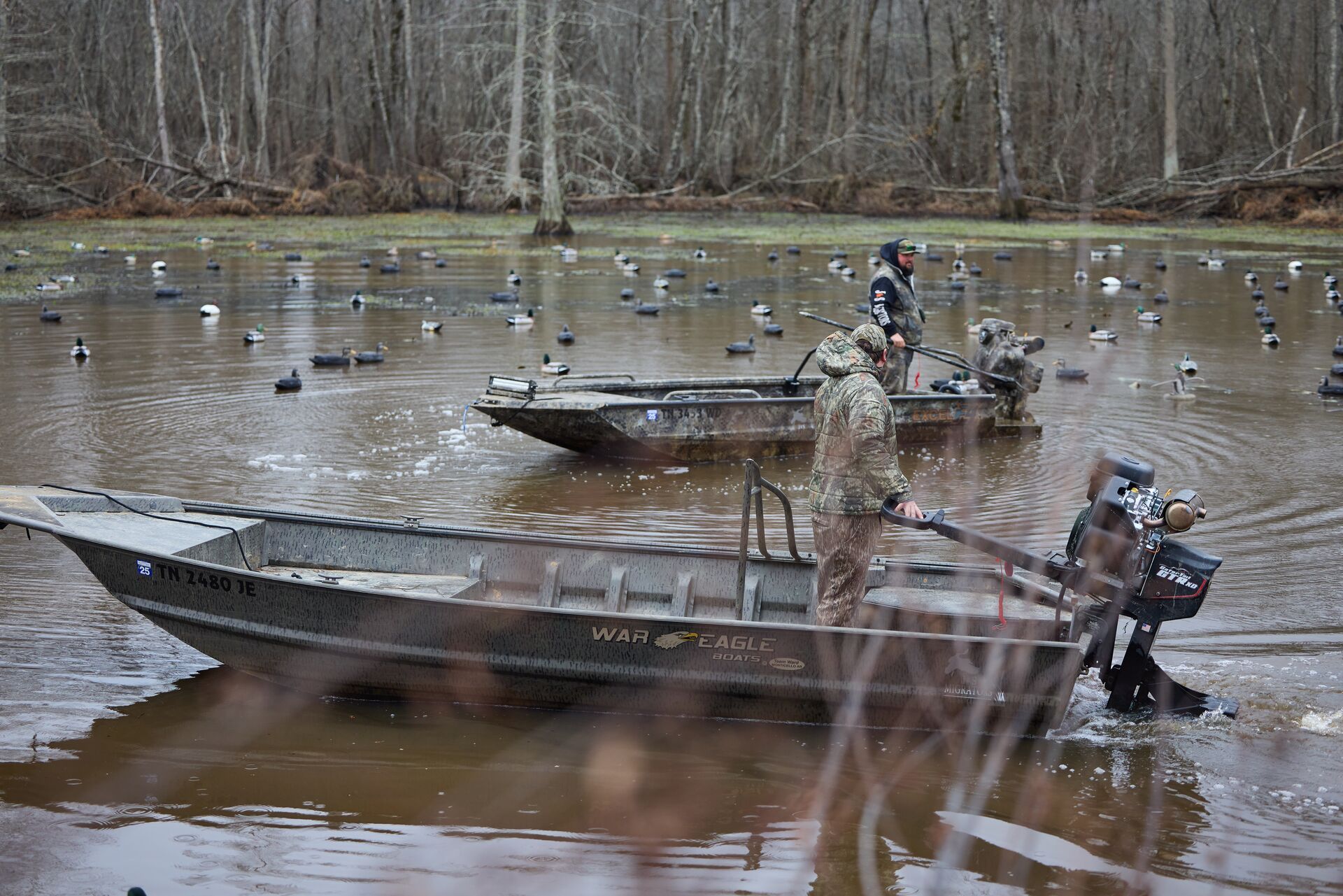
Why It Matters for Duck Hunters
If you plan to hunt along one of the major North American flyways during the avian migration season, understanding duck flight patterns and endurance can help you predict when and where ducks will land to rest or feed, providing elite hunting opportunities. There are several online resources, including maps, reports, and tracking resources, to assist with this planning.
Additionally, the HuntWise app will also help you access updated maps, weather insights, and WindCast features to maximize your hunting opportunities during the migration. During these flight patterns, especially inland routes, ducks will take lots of short-term rest stops, meaning birds will pass through quickly, shortening the window of ideal hunting time.
Due to this, it's essential to have your gear ready to go, including a pair of trusted binoculars to scout new migratory groups as they arrive, and your boss on speed dial in case you need to take a day off, as birds may not stay for more than 48 hours.
Weather is also an essential factor in planning a hunt. When the weather drops and a cold front pushes through, the ducks may get moving a day or two ahead of schedule. These strong tailwinds and cold fronts can push the ducks to fly longer distances.
Ducks are more likely to decoy and land after a long flight, especially overnight, if your setup mimics a secure, low-pressure resting spot. If the habitat and food resources are there, they will likely come.
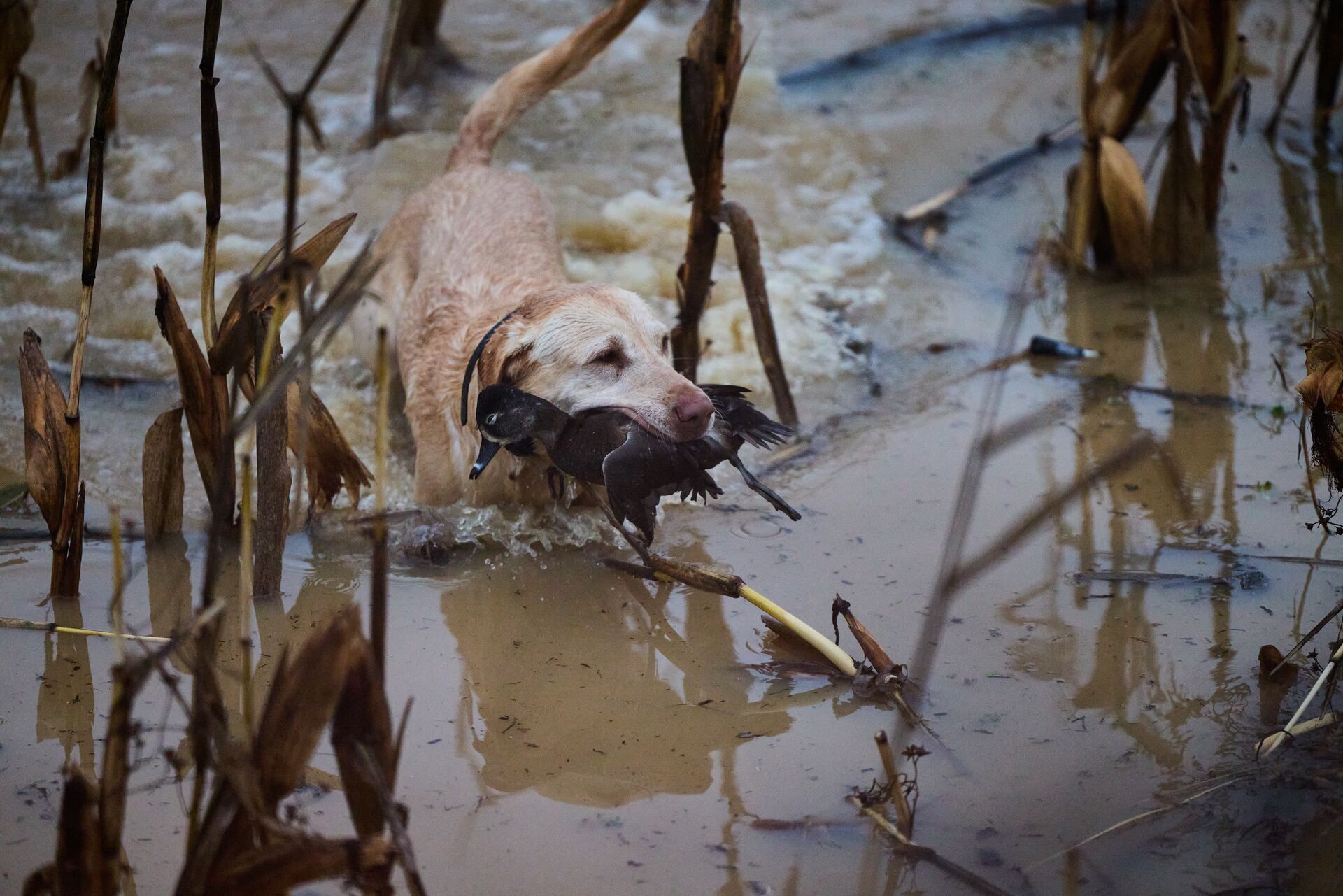
Use This Knowledge (and HuntWise) to Set Up Better Hunts
Knowing how long can ducks fly for is only one part of preparing for a successful hunt.
You'll also want to:
- Research and scout your intended flyway and associated waterways, including lakes, rivers, and wetlands attached to it, to scout high-potential hunting zones.
- Remember that flyways are administrative functions that provide a general overview of the birds that migrate as they shift between nesting and wintering locations.
- Adjust your hunting location, as patterns may shift slightly depending on factors such as rainfall, which may open up additional feeding and resting locations, and wind.
Use the HuntWise app to leverage the weather insights and map when birds are pushed south by wind, cold fronts, and incoming storm systems so you can take advantage of those opportunities to hunt.
Rest Areas and Refuges Matter
Duck rest areas and refuges will be your target areas, so it's worth mapping some out ahead of time. Targeting low-lying areas using HuntWise mapping and LiDAR technology will help you establish hotspots that will likely pop up after some rainfall, which go beyond more highly pressured waterways.
Additionally, avoid pressure zones and hunt near buffer zones or travel corridors. When ready, set that alarm nice and early to place decoys and start calling where tired ducks want to land. Consider buddying up with a large group of hunters to put together a large spread to bring in those large flocks looking for rest and nourishment.
Be Where The Birds Want to Be
How long can ducks fly? Ducks can't fly forever and will take many more rest breaks than you might first consider.
With decent food, safety, realism, and aggressive calling when appropriate, you'll get more birds dropping in, meaning more opportunities to burn through shells and take some stunning waterfowl.
If you come across some high-potential zones on private land, you can use the HuntWise app to explore and access the contact details of landowners. Connect with them and enquire about any potential hunting opportunities on their land, and make sure you have permission before hunting there.
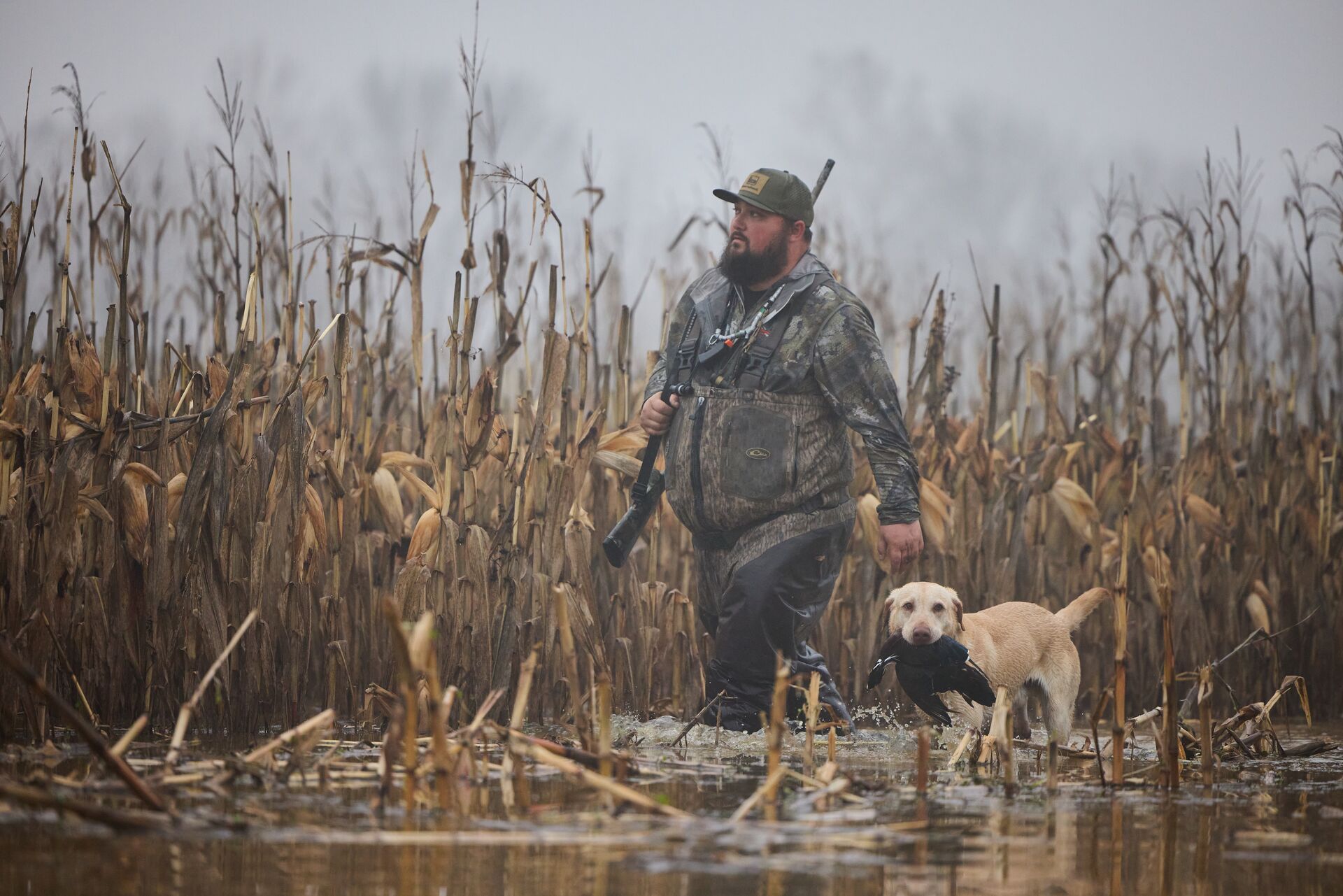
Find Incoming Ducks Rain, Wind, or Shine With HuntWise
Ducks are remarkable flyers capable of covering stunning distances in a single session. As a hunter, your job is to maximize the rest times and take advantage of their need for shelter and water when they eventually come down from a long day up in the sky.
To help with your next duck hunt, make sure you have HuntWise. With the app's cutting-edge features, you can track migrations, monitor weather patterns, and pinpoint the best locations to intercept birds on the move.
Start planning now for duck hunts this season! Download HuntWise and get your first week free.
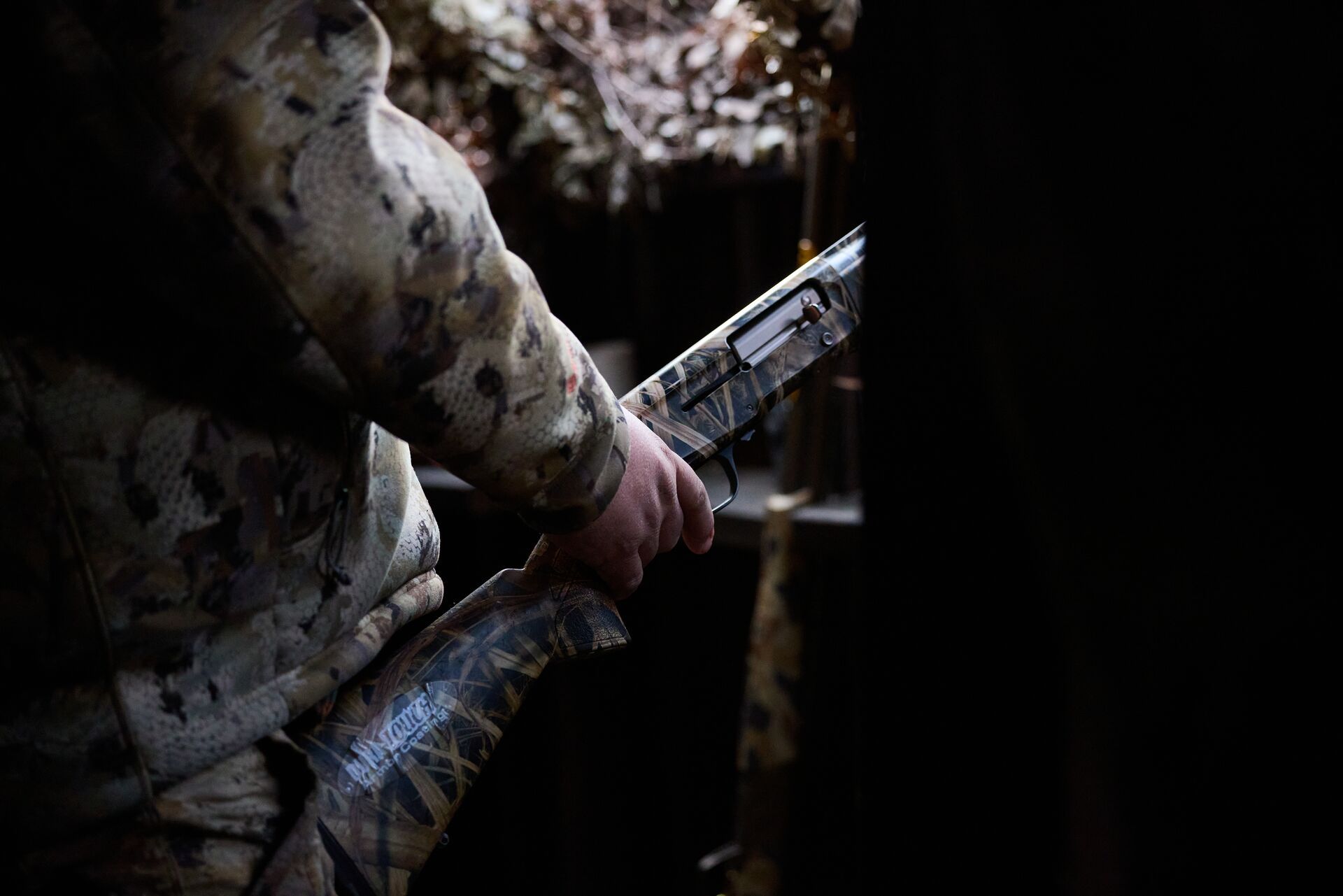


 Waterfowl
Waterfowl Waterfowl
Waterfowl Waterfowl
Waterfowl